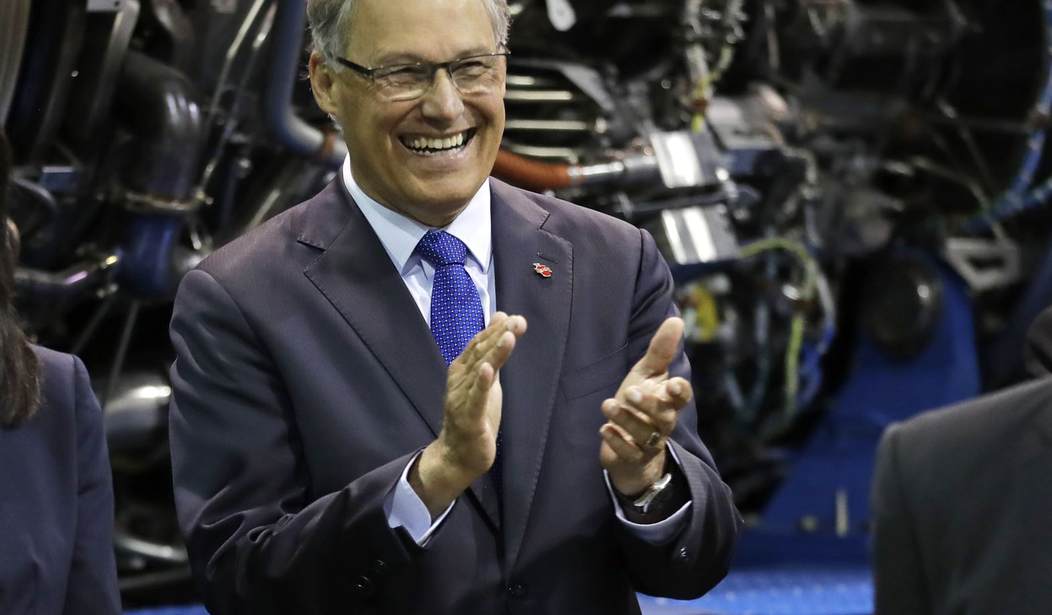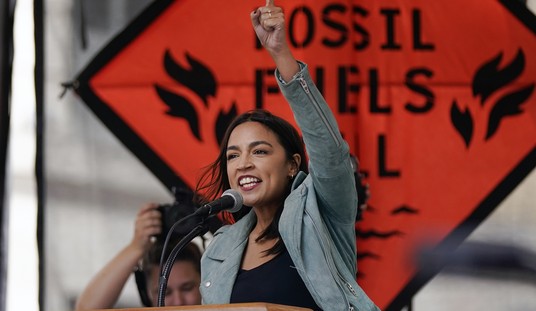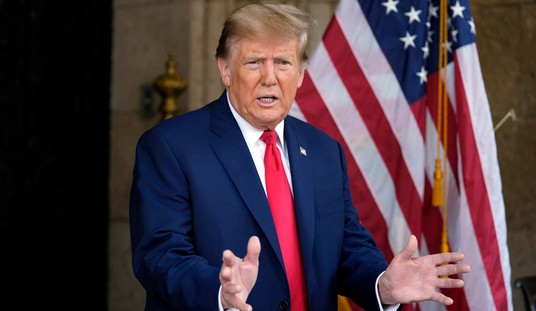The U.S. economy is booming, and state governments are benefitting from strong revenue growth. Many governors are using the opportunity to expand spending programs, while others are cutting tax rates. Some governors are hiking taxes despite already overflowing coffers.
Which governors are the most frugal and which the most spendthrift? The Cato Institute’s new “fiscal report card” calculates the answer based on recent tax and spending changes, and assigns letter grades of “A” to “F.”
The report awarded an “A” to five governors.
Susana Martinez of New Mexico has been steadfast in opposing tax increases over eight years in office. Many GOP governors break their promises not to raise taxes, but not Martinez. Last year, she vetoed $350 million of tax hikes. She has also kept a lid on budget growth and has repeatedly vetoed wasteful spending.
Henry McMaster of South Carolina is off to a conservative start as governor since 2017. He has also vetoed tax hikes and proposed cutting income tax rates across the board.
Doug Burgum of North Dakota entered office in 2017 after North Dakota’s energy boom had turned to a bust. With falling state revenues, Burgum pursued broad spending cuts to balance the budget, not tax increases.
Paul LePage of Maine has been a staunch fiscal conservative over eight years in office. He has restrained spending, reformed welfare programs, and repeatedly cut taxes, including repealing a surtax on high earners last year.
Greg Abbott of Texas has held the state budget flat in recent years and pursued business tax reforms. He cut the state’s damaging franchise tax and wants to cut it further until it “fits in a coffin.”
The “A” governors are all Republicans, and the overall results show that GOP governors are more fiscally conservative than Democrats, on average. That party divide has persisted over time on the Cato report cards, which are computed every two years from objective tax and spending data.
Recommended
Switching to the worst governors, the report awarded eight F’s this year, with the two worst scores going to “left coast” Democrats Kate Brown in Oregon and Jay Inslee in Washington.
Spending has exploded under Brown, with the general fund budget rising 14 percent in the past two-year cycle and 10 percent in the current one. She supported a 2016 ballot measure to impose a gross receipts tax to raise $3 billion a year. Oregon voters defeated the measure by a 59–41 margin, but Brown ignored the anti-tax message and signed into law large tax hikes in 2017.
Inslee’s appetite for tax and spending increases is insatiable even though he promised he would not raise taxes when running for office. On a 2016 ballot, Washington voters soundly defeated a state carbon tax 59–41. But Inslee is still pushing to impose a carbon tax to raise at least $750 million a year. Inslee has also jacked up spending, with the current two-year budget rising 17 percent.
Republicans have been known to break promises and hike taxes as well. Consider two “D” governors this year, Charlie Baker of Massachusetts and Brian Sandoval of Nevada. Baker kept his promise not to raise taxes for a while, but this year he approved a huge $800 million payroll tax increase to fund a new paid-leave subsidy.
Sandoval also promised no tax increases, and voters showed they agreed with that view on a 2014 ballot by rejecting 79-21 a new business tax to fund education. But Sandoval made a U-turn in 2015 and signed into law a $600 million tax-hike package that included—wait for it—a new business tax to fund education.
The 2017 federal tax law has changed the dynamics of state tax policy. The law capped the deduction for state and local taxes, subjecting millions of higher-income households to the full burden of state and local taxes. That should pressure governors to restrain individual income, sales, and property taxes.
Governors do face tough fiscal choices. They must deal with large and growing costs of retired employees that past lawmakers imposed on current budgets. But tax hikes just prompt people and businesses to leave, which shrinks state tax bases and reduces growth.
The focus of governors should be delivering efficient state services at lower costs to create budget room for competitive tax rates. In recent years, Susana Martinez has shown the way.

























Join the conversation as a VIP Member